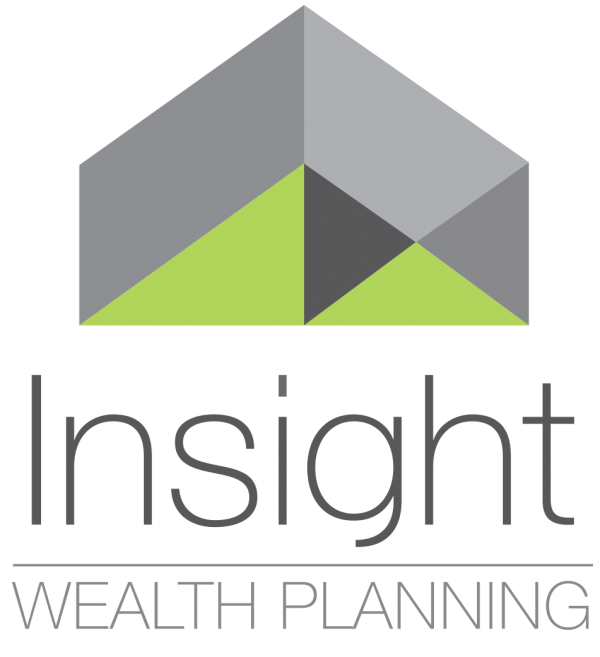When we think of retirement, we think of globe-trotting and grandkids. But retirement planning requires looking beyond those fun “Golden Years” to ensure financial security through all three stages of retirement.
The Three Stages of Retirement
Most financial planners break retirement into three stages:
- The Active Years
- The Sedentary Years
- The Frail Years
While many retirees focus their retirement planning on the active years—those first golden years of freedom—it’s important to plan for the often overlooked last stage: the frail years. This stage, when health and functional capacity decline, requires a lot of financial resources for care and support. Planning for all three stages is key to a secure and comfortable retirement.
Your Retirement Vision
Defining your retirement vision is the first step in creating a personalized retirement plan. Start by thinking about your personal circumstances, lifestyle and goals to determine what you want to achieve in retirement. What’s your ideal retirement age, and how much income will you need to support your desired lifestyle? How will you stay active and engaged? Your vision should include not only financial but also social, health, travel and recreation plans. By outlining your retirement vision, you can create a roadmap that matches your aspirations and provides a fulfilling retirement.
Late-Stage Retirement Income Planning Considerations
Health Care Costs Are Going Up
The numbers are clear: health care costs per senior will increase from $7,439 (2015) to $9,594 (2035). For retirement planning purposes, you must factor these rising healthcare costs into your long-term financial plan.
Quality of Care Matters
Just as you plan for a comfortable standard of living, your retirement planning should include planning for a comfortable standard of care, including health care. Consider:
- In-home care services
- Grocery delivery
- Meal preparation
- Home maintenance and cleaning
- Home modifications
- Vehicle adaptations
Age Pension and Aged Care Options
Most Australians want to “age in place”, but according to the OECD (2020), 18.4% of Australians 80+ require institutional long-term care, which is part of health care. Residential aged care costs include:
- Basic daily fees
- Means-tested care fees
- Accommodation costs
Remember: basic daily fees are standardised, means-tested care fees and accommodation costs are income and asset-tested.
Your Retirement Income
Assessing your retirement income requires a thorough review of your super balance, government benefits and other income sources. Start by looking at your account-based pension, age pension and any other regular income streams you have. Evaluate your annual income and expenses to see if you have enough to support your retirement lifestyle. Services Australia can provide you with information on government benefits and entitlements to help you plan for retirement. By knowing your income sources and financial needs, you can have a stable retirement.
Longevity Risk in Retirement
One of the biggest risks in retirement planning is longevity risk—outliving your savings. Withdrawing a lump sum can be tempting for immediate needs like debt repayment or holidays, but you must plan for long-term financial sustainability after the lump sum is gone. Financial advisers recommend adding a “life expectancy buffer” by adding 5-10 years to your life expectancy when calculating retirement needs.
Retirement Strategies
To have maximum retirement assets and cover all three stages consider these financial planning strategies:
1. Superannuation
- Regular contributions
- Downsizer contributions
- Timing of contributions
2. Income Stream
- Account-based pensions
- Annuity products
- Diversified investment strategies
3. Age Pension
- Entitlement optimisation
- Funeral bonds
- Asset testing
4. Aged Care
- Care cost funding
- Family home management
- Asset protection
Sustainable Retirement Income
A sustainable retirement income stream requires a planned retirement strategy. Think about your preservation age and how you can access your super fund to create an income stream. Evaluate your investment options, account-based pension or annuity, to see what’s best for you. A retirement planner can help you with a personal plan that takes into account your individual circumstances and goals. By having a sustainable income stream, you can have financial security during retirement.
Act
Retirement planning requires looking beyond the fun first phase of retirement to ensure you’re prepared for all three stages. Withdrawing a lump sum from your super savings can give you immediate financial benefits like debt repayment or funding a holiday, but it requires careful planning for long-term financial sustainability once the lump sum is gone. While there’s government support for health and aged care costs, personal financial preparation is still important.
Working with a qualified financial adviser can help you with a comprehensive retirement planning strategy that covers all three phases of retirement with special attention to the often overlooked frail years. Get in touch today.
